中国组织工程研究 ›› 2016, Vol. 20 ›› Issue (47): 7043-7050.doi: 10.3969/j.issn.2095-4344.2016.47.007
• 组织工程骨及软骨材料 tissue-engineered bone and cartilage materials • 上一篇 下一篇
钽棒置入治疗股骨头坏死的疗效分析及预后模型建立
毛子木,尹 崑,王宇泽,李鹏翠,郭 丽,卫小春
- 山西医科大学第二医院骨科,山西省太原市 030001
Therapeutic effect of porous tantalum implantation for osteonecrosis of the femoral head and construction of a prognostic model
Mao Zi-mu, Yin Kun, Wang Yu-ze, Li Peng-cui, Guo Li, Wei Xiao-chun
- Department of Orthopaedics, the Second Hospital of Shanxi Medical University, Taiyuan 030001, Shanxi Province, China
摘要:
文章快速阅读:
.jpg)
文题释义:
多孔钽金属植入物:孔隙率可高达98%,明显高于其他生物固定材料如钴、铬、钛等30%-50%的孔隙率,虽然碳支架构成了多孔钽金属的主体结构,但其质量仅占1%左右。孔隙率为80%的多孔钽,其弹性模量仅为3 GPa,界于皮质骨(12-18 GPa)和松质骨(0.1-0.5 GPa)之间,适宜的弹性模量使其在置入后更加有利于骨质的重塑。
randomForest模型:randomForest是一个包含多个决策树的分类器,其分类结果精确,其优势在于其可以处理大量的输入变量,在预测变量远大于观察记录时也不会出现过度拟合的问题,同时,randomForest可在决定类别时评估变量的重要性。
背景:多孔钽棒置入作为一种较新的保髋治疗方式,其临床疗效报道褒贬不一。
目的:分析2种多孔钽棒置入治疗早中期股骨头坏死的生存数据,确定影响手术成败的独立预后因素。
方法:纳入34例ARCOⅠ至Ⅲ期股骨头坏死患者,其中25例31髋进行髓芯减压钽棒置入治疗(单纯钽棒组),9例10髋进行髓芯减压钽棒置入联合同种异体骨植骨治疗(联合组),治疗后随访观察Harris评分与髋累计生存率;采用Cox多因素回归分析出现终点事件的预后因素。
结果与结论:①单纯钽棒组随访(32.9±16.8)个月,联合组随访(25.3±12.4)个月;②末次随访时,两组Harris评分均高于治疗前[单纯钽棒组:(78.52±18.37),(56.97±13.04)分;联合组:(63.30±17.42),(47.90±4.75),P < 0.05],单纯钽棒组Harris评分高于联合组(P < 0.05);单纯钽棒组髋累计生存率为(50.4±15.8)%,联合组髋累计生存率为(24.0±18.8)%,两组间累计生存率比较差异有显著性意义(P=0.014);③Cox多因素回归分析显示,激素使用史、合并其他慢性系统性疾病、是否出现不良反应为转归至出现终点事件的独立预后因素;④结果表明,单纯多孔钽棒置入是ARCOⅠ、Ⅱ、Ⅲ期股骨头坏死的有效治疗手段,可改善髋关节功能、延长髋生存期。
中图分类号:
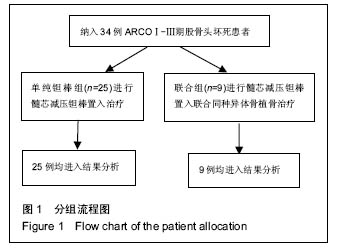
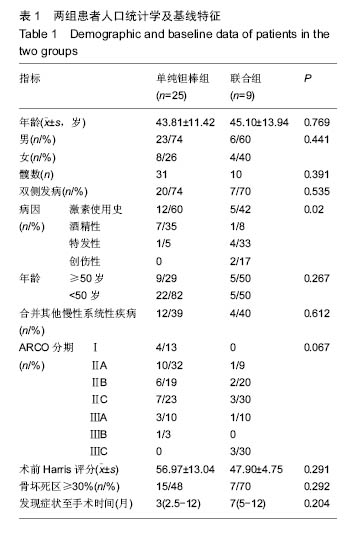
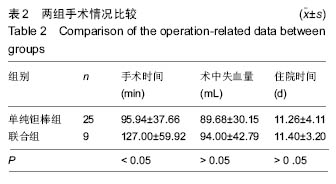
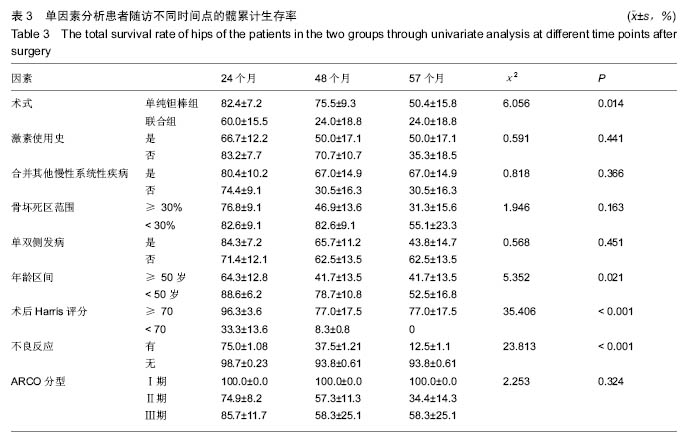
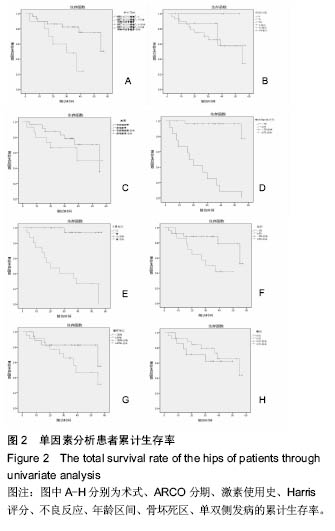
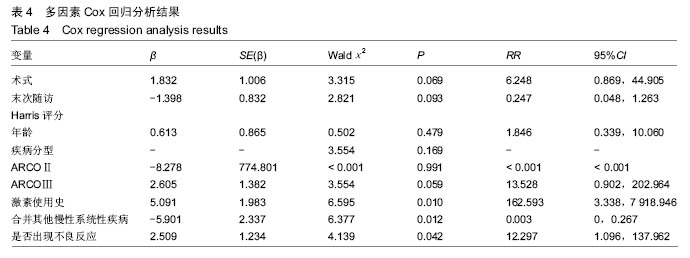
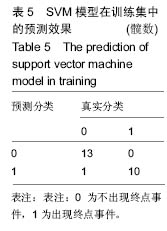
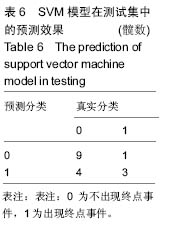
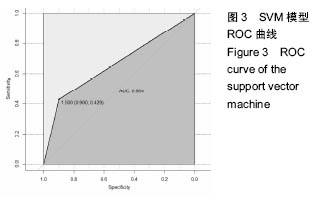
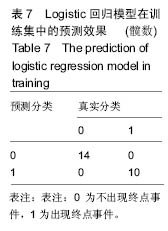
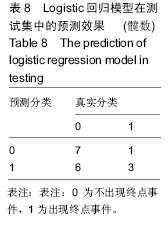
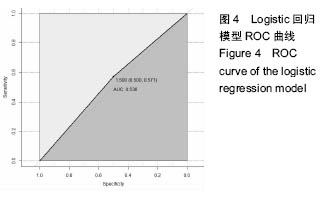

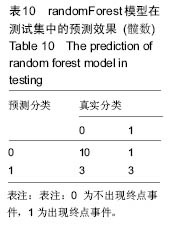
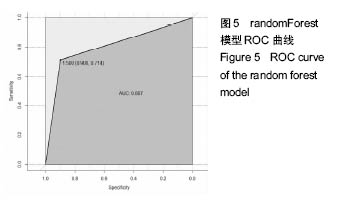
.jpg)